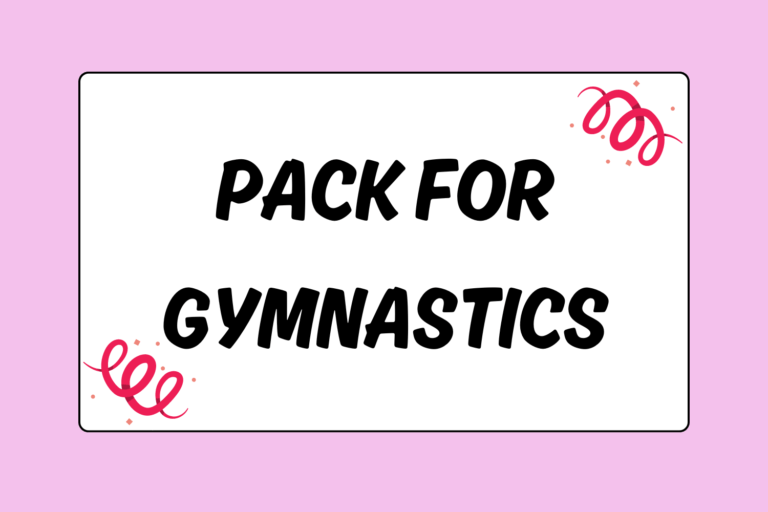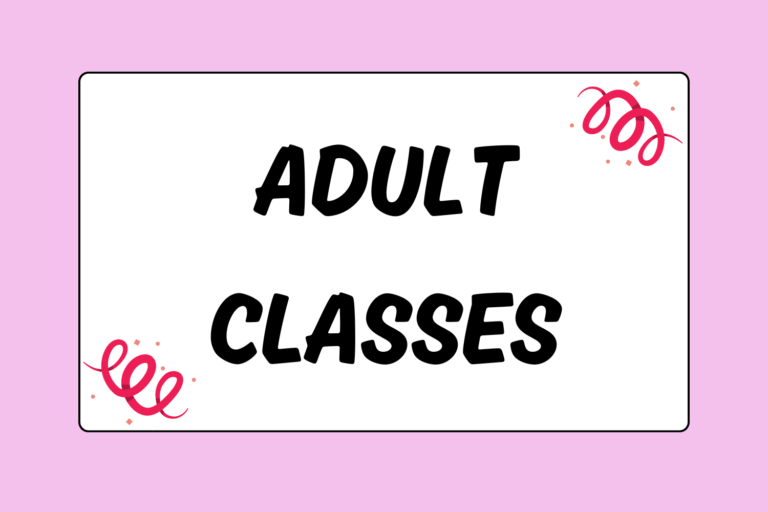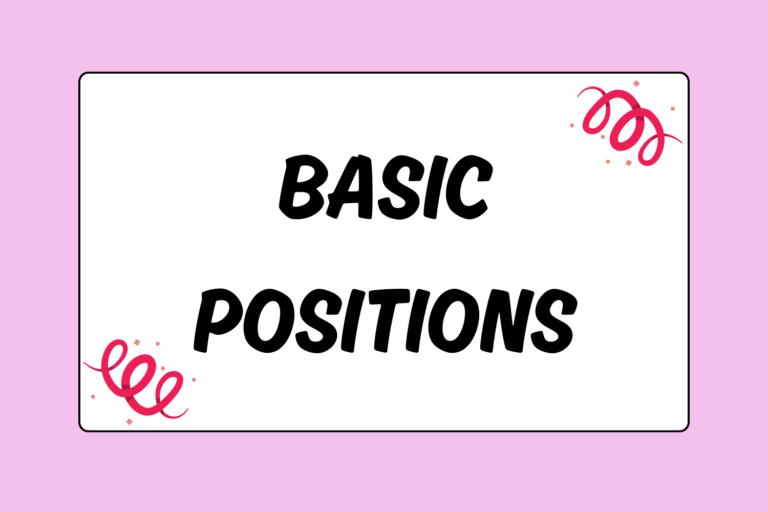The back flip — also known as a back tuck, somi, or salto — is one of the most iconic skills in gymnastics. This move combines timing, technique, and body awareness, and can be used on nearly every apparatus. Before attempting a back flip, you should already be familiar with backwards skills, such as back handsprings. This guide breaks down the key components of the back flip.
Jump
Before you can think about lifting into the air and flipping, you’ll need a strong jump.
Begin by standing tall with your knees straight and the balls of your feet pressing into the floor. Lift your arms above your head so that your hands reach toward the ceiling.
Now swing your arms down past your hips, leaning your shoulders slightly forward. At the same time you’ll bend your knees. As soon as your arms swing back up toward the ceiling, you’ll extend your legs and jump up.
Hot Tip: Jump Around
If your jump isn’t very powerful yet, don’t worry. When you’re learning this skill, your coach will have you work on a variety of surfaces to assist you with both the takeoff and landing. These surfaces may include:
- The trampoline and Tumble Track
- A resi pit
- The side of the floor exercise or tumbling strip, landing in a foam pit
- A springboard, landing in the pit or on the floor
- The vault or an elevated mat, landing in the pit or on the floor
Set
The set is a crucial part of the back flip, because it gives your body adequate time to rise off of the ground before rotating. The stronger the set, the more controlled your flip will be.
As you swing your arms back and jump off of the ground, your arms should remain straight. Reach your arms until they extend slightly behind your ears, and then stop the swing. This position — straight arms behind your ears — is the set.
Hip Rise & Rotation
Once you’ve jumped and set your arms, your hips will rise above your head.
Gymnasts commonly make the mistake of swinging their arms too far backwards — as if they’re doing a back handspring — and relying on their shoulders to help them rotate. In actuality, your hips create the rotation.
As you lift your hips over your head, you’ll tuck your knees up to your chest and rotate backwards into the flip.
Mental Edge
While getting into a tight tucked position helps you flip quickly, don’t rely on pulling your knees. Your jump, set, and hip rise lead to a successful flip.
Focal Point
Before your jump, pick a distinctive mark on the wall directly in front of you, and focus on it as you prepare to jump.
You should be able to keep your eyes on this spot while your head stays neutral. As you jump and set, continue to watch this focal point for as long as possible. When your hips rise over your head, you’ll lose sight of the spot. When you’ve rotated all the way over, look for this spot again. You know you’re ready to land once you locate your mark.
Your head should remain neutral at all times, only tipping back when your hips reach their highest point.
This focal-point technique is also used in dance, so that dancers can keep track of how many turns they’ve completed. In gymnastics, a focal point helps you do the following:
- Achieve body awareness: It’s tempting to close your eyes when you flip. By keeping your eyes open and watching one particular mark, you’ll have more spatial awareness when it’s time to land.
- Maintain a strong set: With your eyes steady and your head neutral, you’ll resist the common urge to throw your head back while flipping.
Landing
You should land with your knees bent, ready to absorb the shock of landing. Finish with your arms straight in front of you and parallel to each other.
Other Skills
The back flip is a building block to tumbling skills, such as:
- Back pike and layout
- Standing back handspring back tuck
- Round-off back handspring back tuck
- Backwards twisting
- Double back (two flips before landing)
Variations of the back flip can be found on every apparatus in gymnastics, with the exception of pommel horse.
Sticking It
You’re now familiar with the basic techniques for one of most recognizable skills in gymnastics. Keep in mind that although this skill is impressive, you’ll want to practice it plenty of times with your coach before you attempt it on your own. With a strong jump, set, and hip rise, you’ll be on your way to back flip success.





